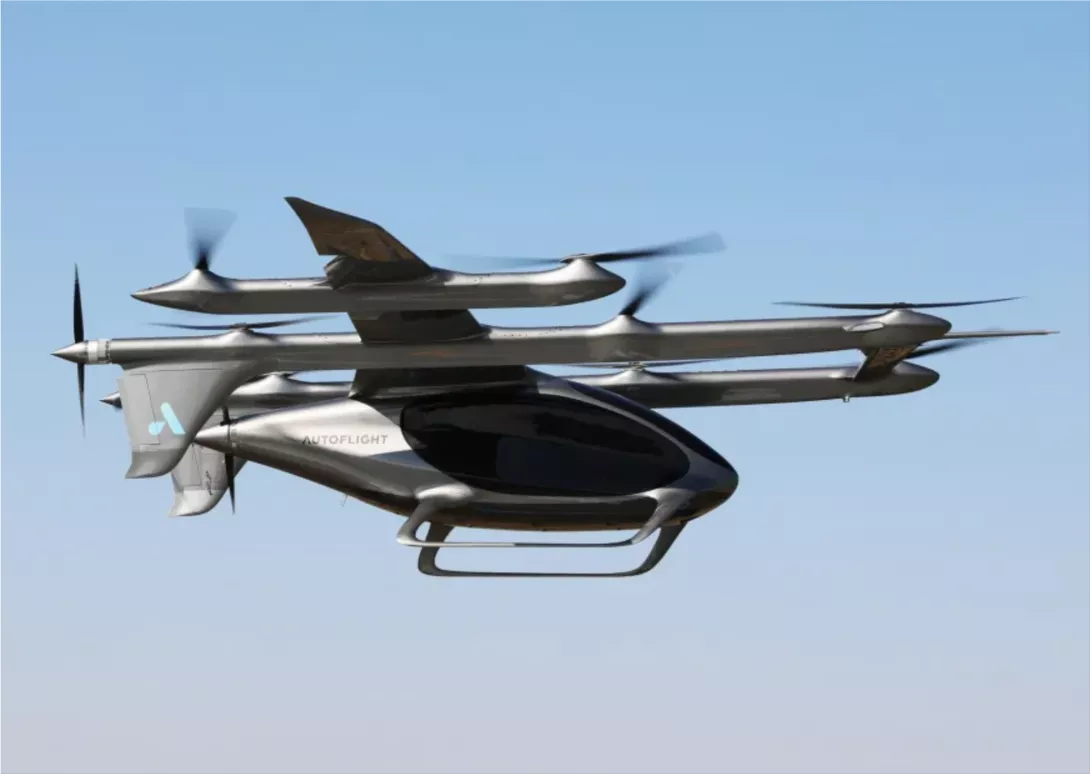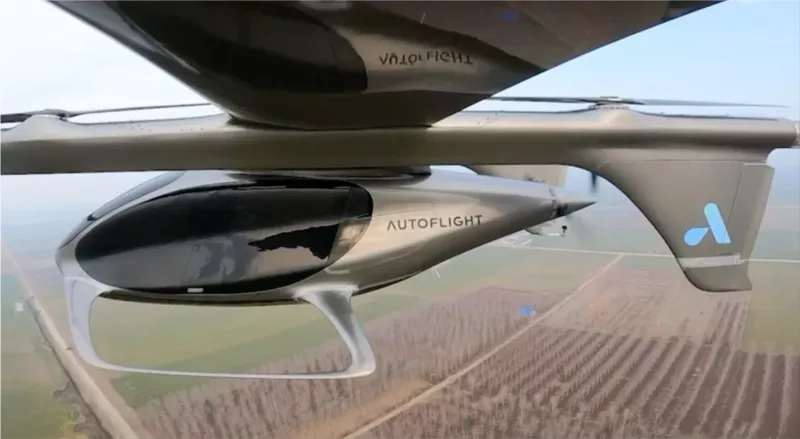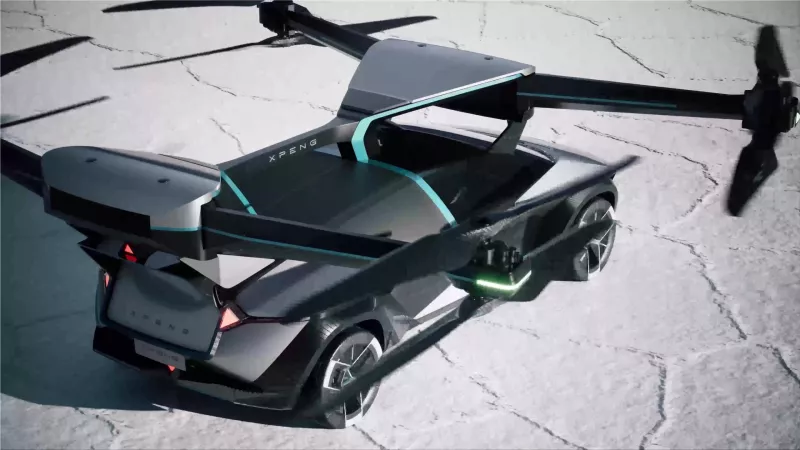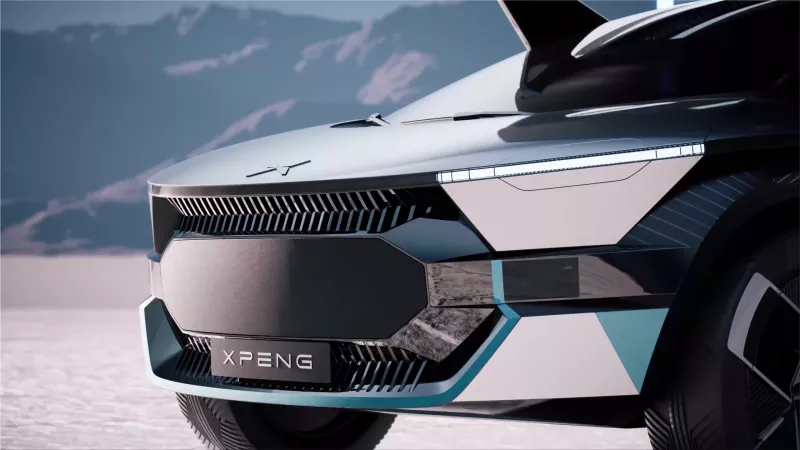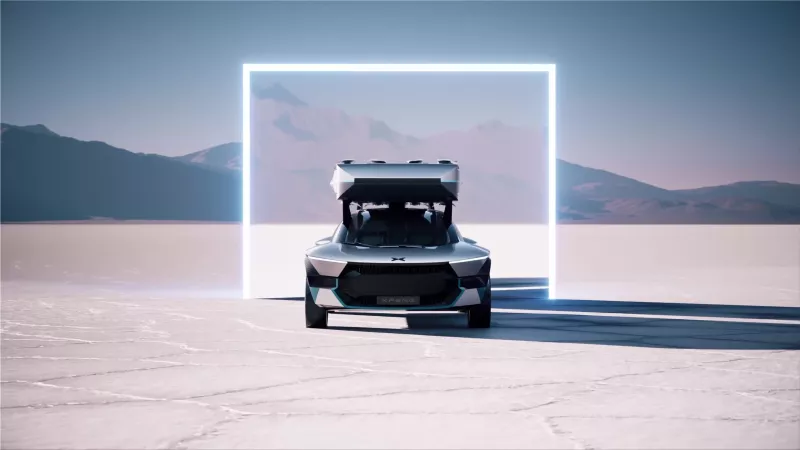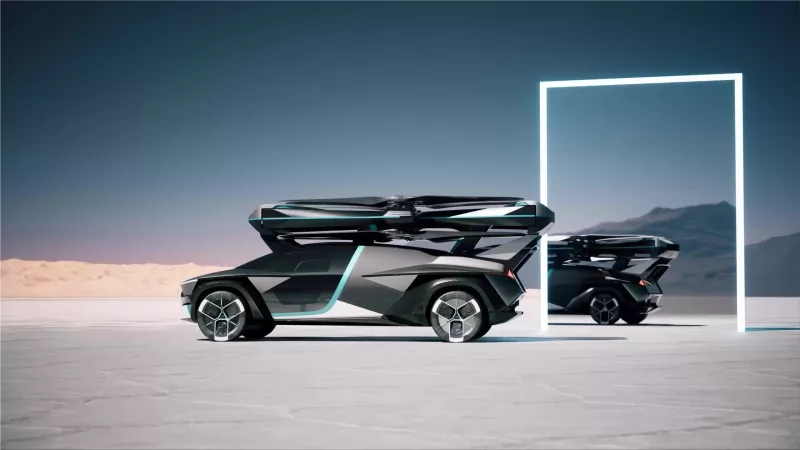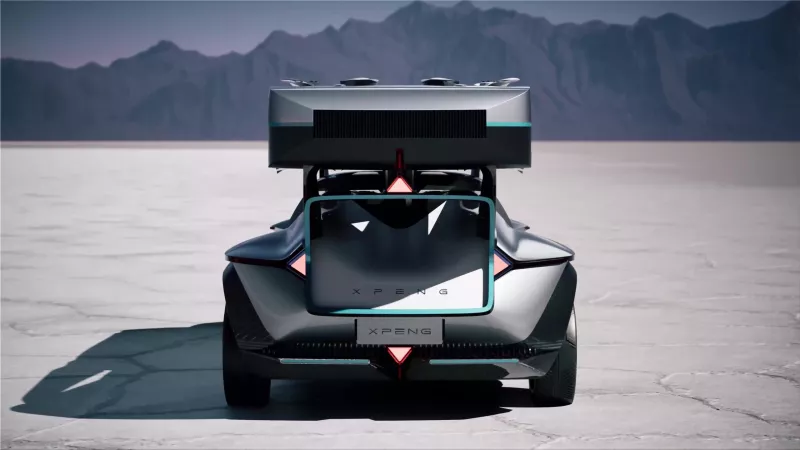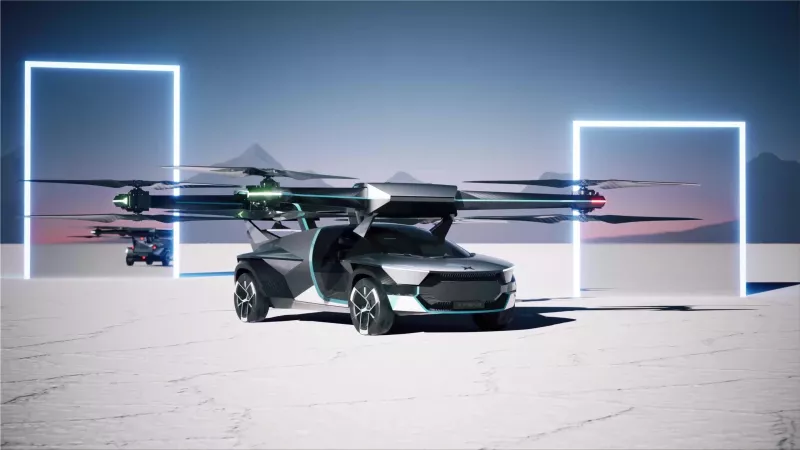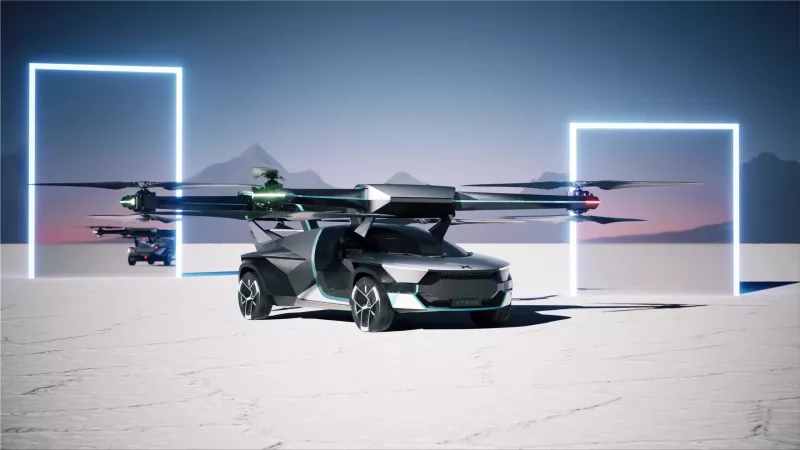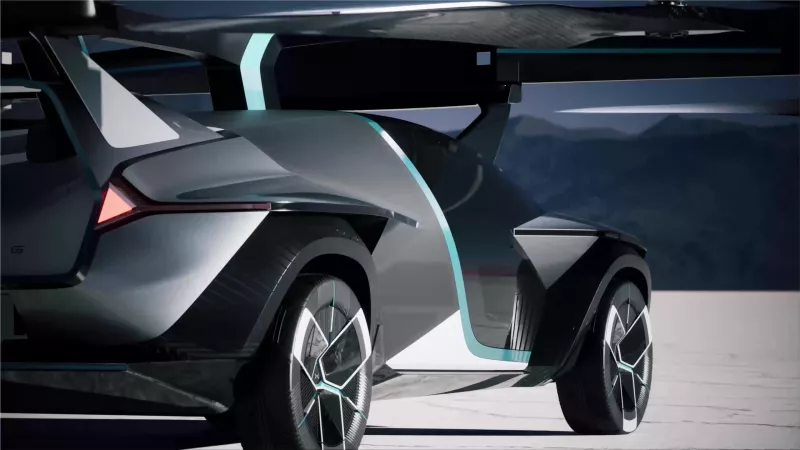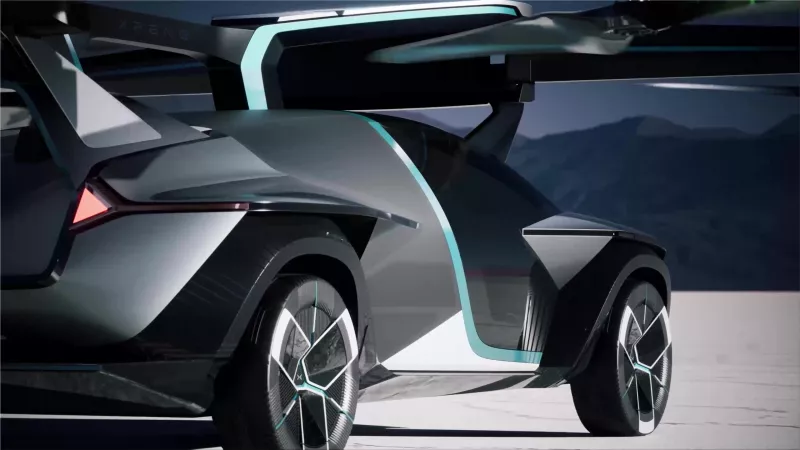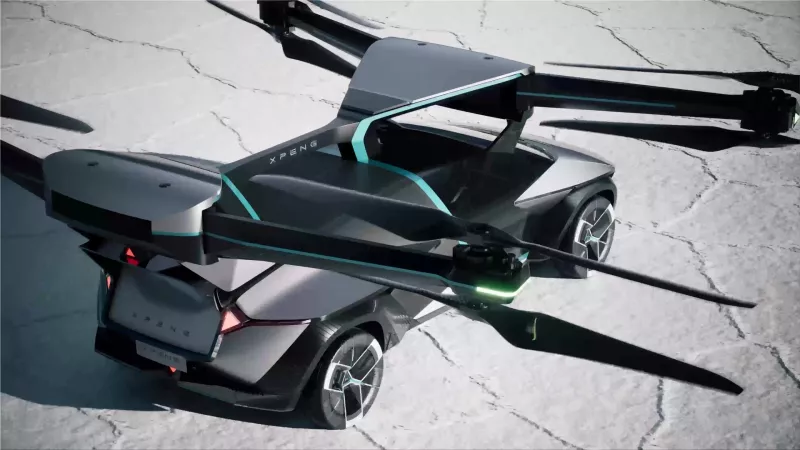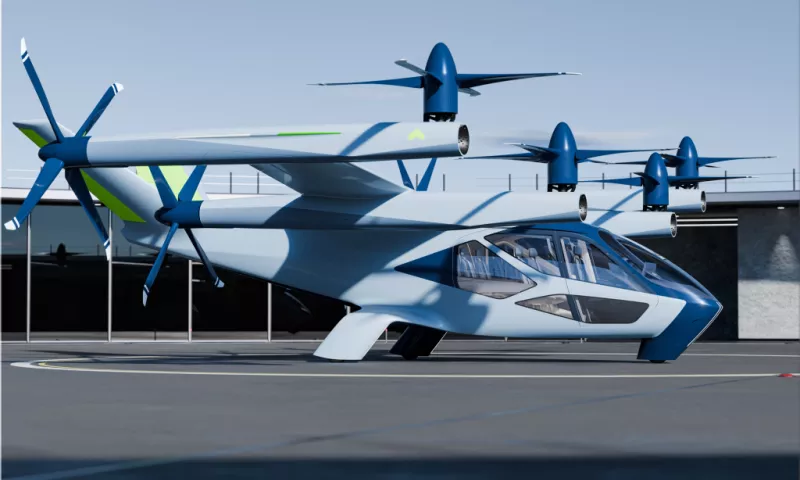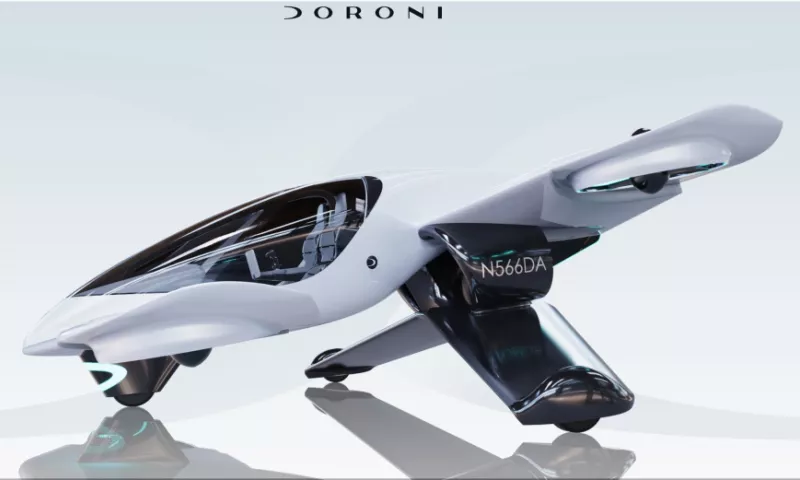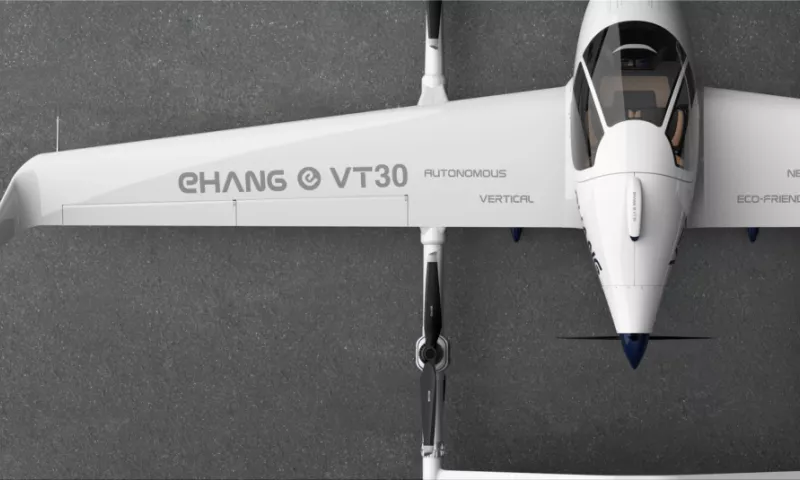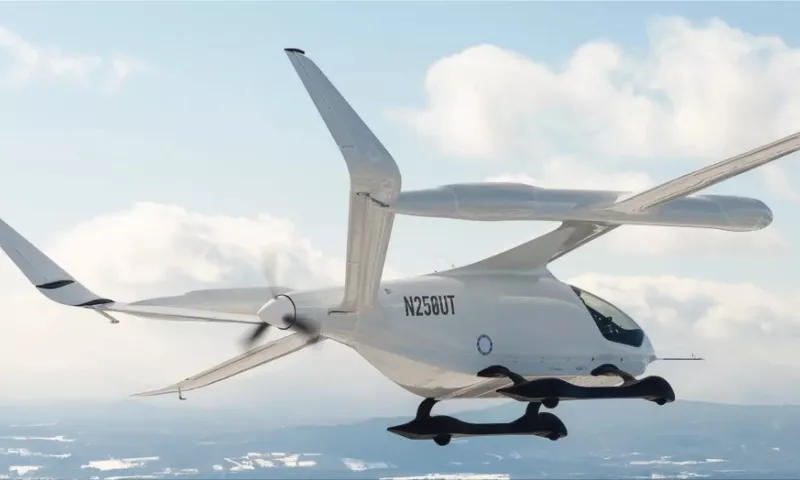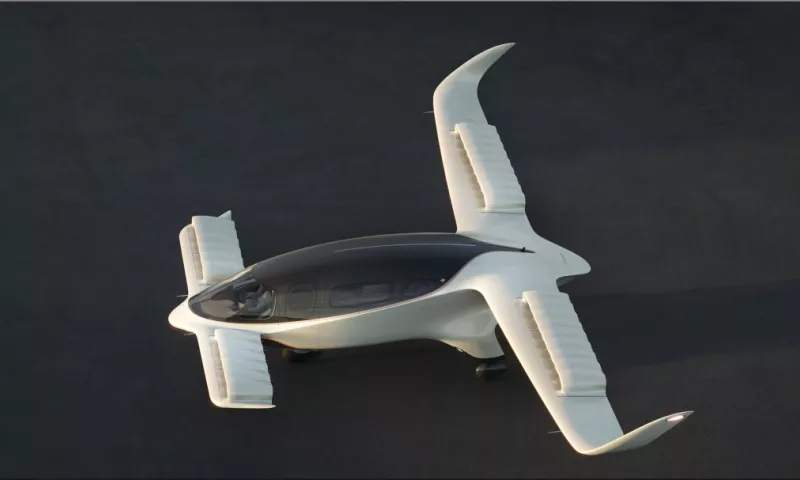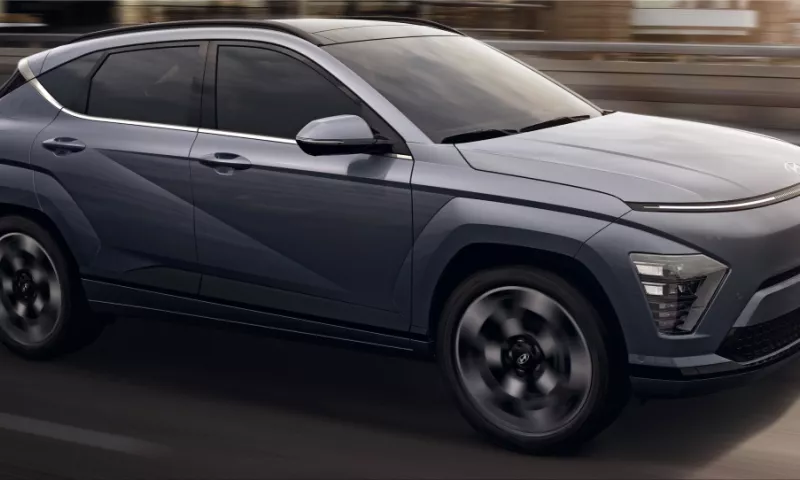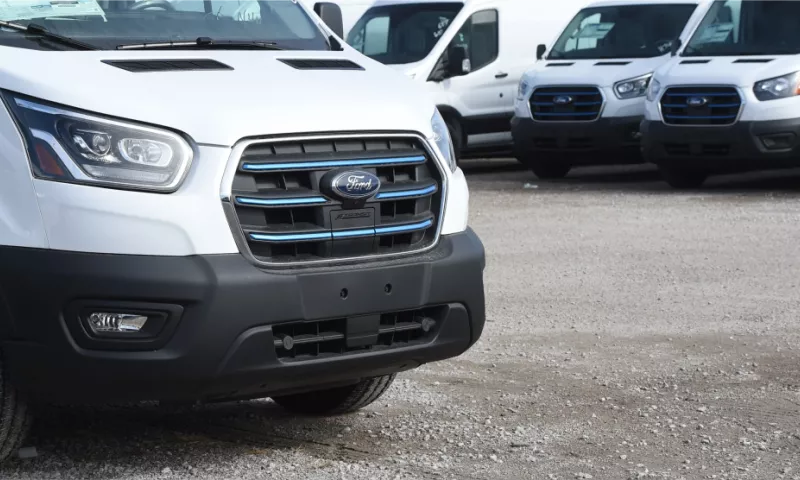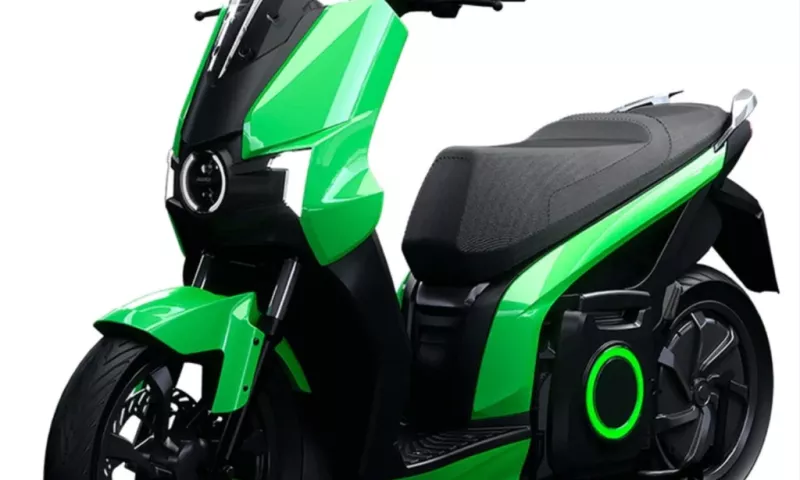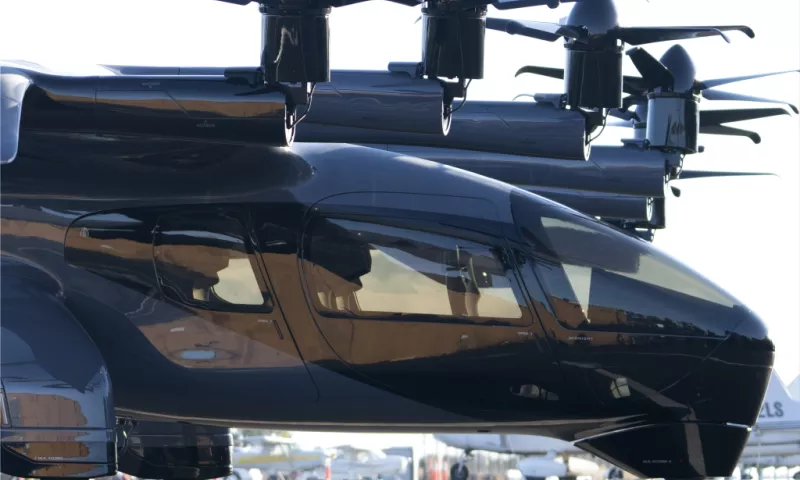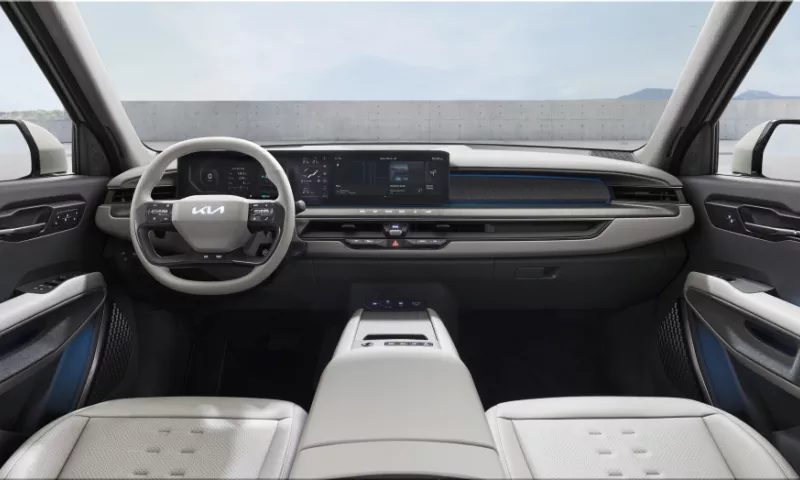Imagine driving your car on the road and then taking off into the air when you encounter a traffic jam. That’s the vision of XPeng AeroHT, a Chinese start-up that is developing a flying car prototype that can switch between driving and flying modes.
The X2 model, which was unveiled at XPeng’s 1024 Tech Day event in China on February 22, is an electric vertical take-off and landing (eVTOL) vehicle that can fly up to 35 minutes with a top speed of 130 km/h and a range of over 75 km. The vehicle has four rotors that can fold into the body when not used and a sleek design resembling a sports car.
The X2 is the sixth generation of XPeng’s flying car project, which started in 2014. The company claims that it has achieved a breakthrough in reducing the system complexity and improving the safety and reliability of the eVTOL. The X2 has also completed its maiden flight, which was shown in a video released by XPeng. XPeng is not the only company that is pursuing the dream of flying cars. Several other start-ups and established automakers, such as Hyundai, Toyota, and Volkswagen, are also working on eVTOL projects that aim to revolutionize urban mobility and transportation. However, XPeng believes that it has an edge over its competitors, thanks to its expertise in electric vehicles and autonomous driving.
XPeng is one of China’s leading electric-vehicle makers, along with Nio and Li Auto. The company, founded in 2014, has been dubbed China’s Tesla rival, as it offers smart and connected vehicles that feature advanced technologies such as artificial intelligence, cloud computing, and 5G. XPeng also plans to launch its own autonomous driving software platform, called Xmart OS, which will enable its vehicles to learn from each other and improve their performance.

